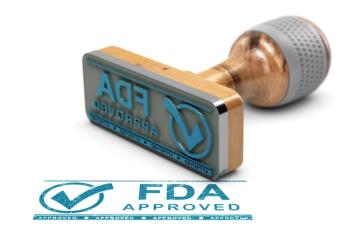
Consequences of ACA's Coverage Expansion Included Longer Ambulance Wait Times
A new study indicates that expanded coverage under the Affordable Care Act (ACA) added strain on emergency medical services, resulting in slower ambulance response times.
A new study indicates that expanded coverage under the Affordable Care Act (ACA) added strain on emergency medical services, resulting in slower ambulance response times.
According to economic theory, this growing number of insured Americans should result in more demand for medical care as services become affordable for more consumers. The current study examines the supply-side effects of insurance expansion as it relates to ambulance response times, or the time between notification and the first ambulance arriving on the scene of a motor vehicle accident.
Using data from the federal Fatality Analysis Reporting System from 2010 to 2015, researchers found that full implementation of the ACA (with Medicaid expansion) was associated with a 1 minute, 53 second increase in ambulance response times, which is nearly 19% higher relative to the mean. For each percentage-point increase in insurance coverage in a given county, ambulance response times were slowed by 22.8 seconds.
Their analysis also showed that the ACA was associated with higher likelihood that an ambulance would not arrive within certain time cutoffs: a 21% increase in the probability of not arriving within 8 minutes, a 43% increase within 13 minutes, and a 58% increase within 20 minutes. It did not have a significant impact on the likelihood that an ambulance would arrive within 4 minutes.
Further analyses indicated that the relationship between the ACA’s implementation and longer ambulance response times was not attributable to traffic congestion or local economic conditions. Although the effect of the ACA on ambulance wait times was more significant in more populous, urban counties, the relationship was “positive and significant” across samples excluding differing amounts of small counties.
Although the study did not assess patient survival rates, the researchers suggested that the observed slowdowns in ambulance response times “may have had a profound impact on patient outcomes” considering the importance of rapid response in reducing mortality risk for emergencies.
Still, the study authors noted that their findings “provide only one piece of a much larger puzzle with regard to evaluating the costs and benefits of the ACA.” The increased ambulance wait times must be weighed against the benefits of expanded coverage as well as the monetary costs of the law’s implementation, they wrote.
“Moreover, it is possible that the increase in wait times could prove to be transitory, as adjusting the quantity of medical services provided may be more feasible in the long run than the short run,” the study authors acknowledged.
Newsletter
Stay ahead of policy, cost, and value—subscribe to AJMC for expert insights at the intersection of clinical care and health economics.















































